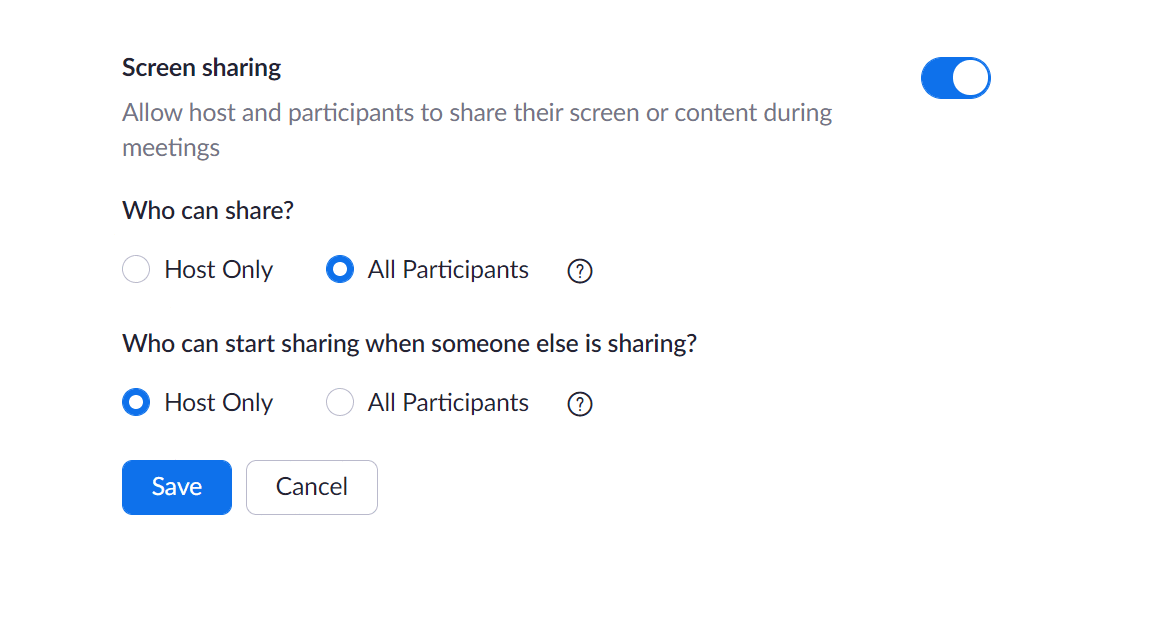Before the coronavirus pandemic, Zoom, the video conferencing app, was nowhere near as popular as it is today. But all that fame also turned the platform into a target for malicious actors.
When someone gains unauthorized access to a Zoom meeting, they’re zoombombing. And it’s becoming a bigger and bigger problem.
Here are eight sure ways to protect your meetings from zoombombing.
Zoombombing – the modern-day prank calls
You think Zoom bombing is funny? Let’s see how funny it is after you get arrested.Matthew Schneider, United States Attorney for Eastern Michigan
The coronavirus pandemic changed how we communicate. As we experienced a surge in cases and social distancing became the new norm, humanity tipped towards more remote working and learning via Zoom.
But Zoom has also been drawing attention from researchers and journalists because of potential privacy and security issues.
One of the most significant security issues is zoombombing, the phenomenon of uninvited attendees breaking into and disrupting meetings.
In most cases, it’s internet trolls barging in to cause commotion with lewd and obscene language and imagery. These cases were often uploaded to video sharing sites, like YouTube, for views and laughs.
But there have also been cases where attendees’ cameras and microphones were hijacked, or they were lured into accessing attachments with malware.
So, a zoombombing attack can range from an inconvenience to outright dangerous content. This is why you should know how to protect your meetings, and here are eight tips for doing just that.
1. Never share your Personal Meeting ID or meeting link publicly
It might seem like sensible advice, but it’s often overlooked, especially in the world of academia.
Whether on Facebook, Whatsapp, or other platforms, students are used to having groups where they share meeting links and passwords. But that’s not a safe choice, as outsiders might get a hold of them.
Even people at work might fall into this easily avoidable trap.
Use the invite function to make sure credentials go out only to your intended attendees.
Dutch journalist Zoombombing an EU defense ministers’ meeting: surprisingly delightful. pic.twitter.com/E5mAEZBuQu
— ian bremmer (@ianbremmer) November 23, 2020
2. Always require a meeting password
Again, make sure you only share it with the people who must attend, and don’t post it online.
A password can prevent people from hijacking your conference even if they get their hands on your meeting link.
3. Use the waiting room feature
This is a great way to have an overview of the participants before you start the meeting and only admit the attendees you invited.
If needed, double-check with the attendees who’s who and kick out whoever shouldn’t be in the meeting.
4. Require official email addresses
Learn how to protect your privacy when working from home.
Don’t mix work and fun. At work or school, only send invites to official email addresses.
Plus, if you ask people to use their full names, your job as a moderator in the waiting room will be a lot easier.
5. Disable file transfers
Even if you disable file transfers, information can still be shared in meetings. For example, you can encourage other options like screen sharing.
This will do a great job in preventing people from uploading malicious content to your meeting.
6. Set your screen sharing to Host-Only
If you already know you’re the only one holding a presentation or teaching a class, it’s a great idea to set the option to Host-Only screen sharing.
This way, you’ll prevent not only mistakes and distractions but also people trying to hijack your meeting from showing off malicious or inappropriate content.
7. Lock the meeting by clicking “Participants” at the bottom of your Zoom window
So, once you have all the participants checked and in place, you can lock the meeting. You have this option in the participants’ pop-up box.
When you lock the meeting, no new participants can join, even if they have the meeting ID and password.

8. Delete any unwanted or uninvited participants
And last but not least, don’t take any chances.
If you see someone on your participants’ list that can’t justify their presence there, don’t hesitate to kick them out of the meeting or the waiting room.
Don’t let in any lurkers.
Couple these tips with our 10 recommendations to stay safe online, and you’re good to go.
Are you using Zoom during these times? Or do you prefer a more secure conferencing app? Let me know in the comments below.
Until next time, stay safe and secure!



Leave a comment